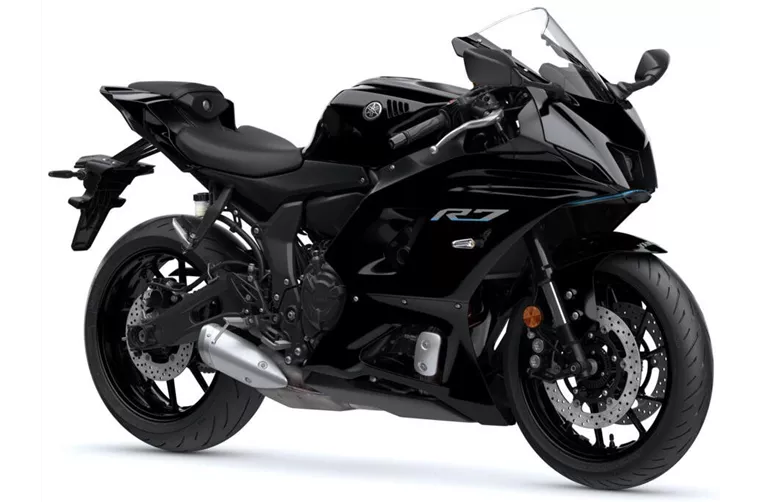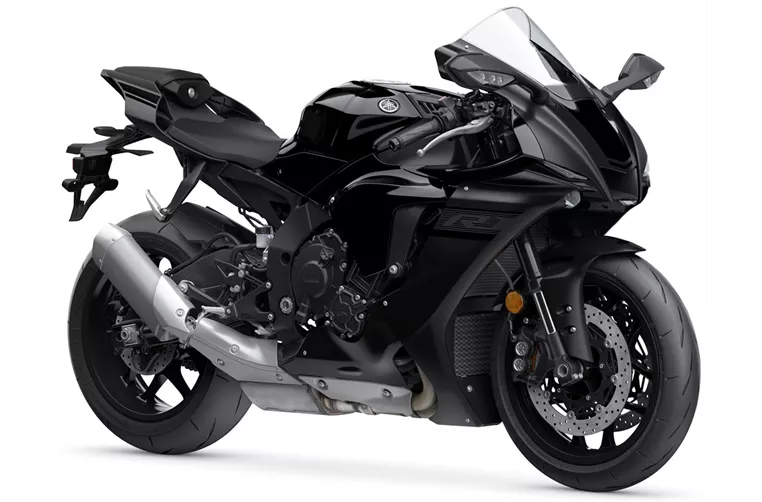Yamaha R7 2022 vs. Yamaha R1 2020
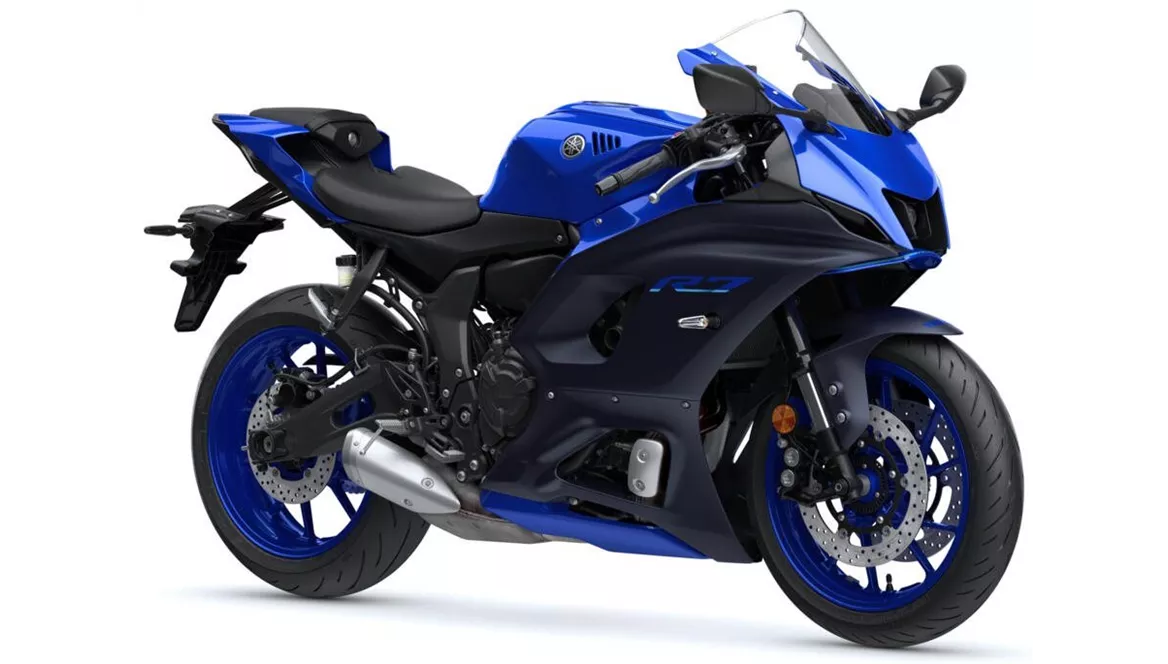
Yamaha R7 2022
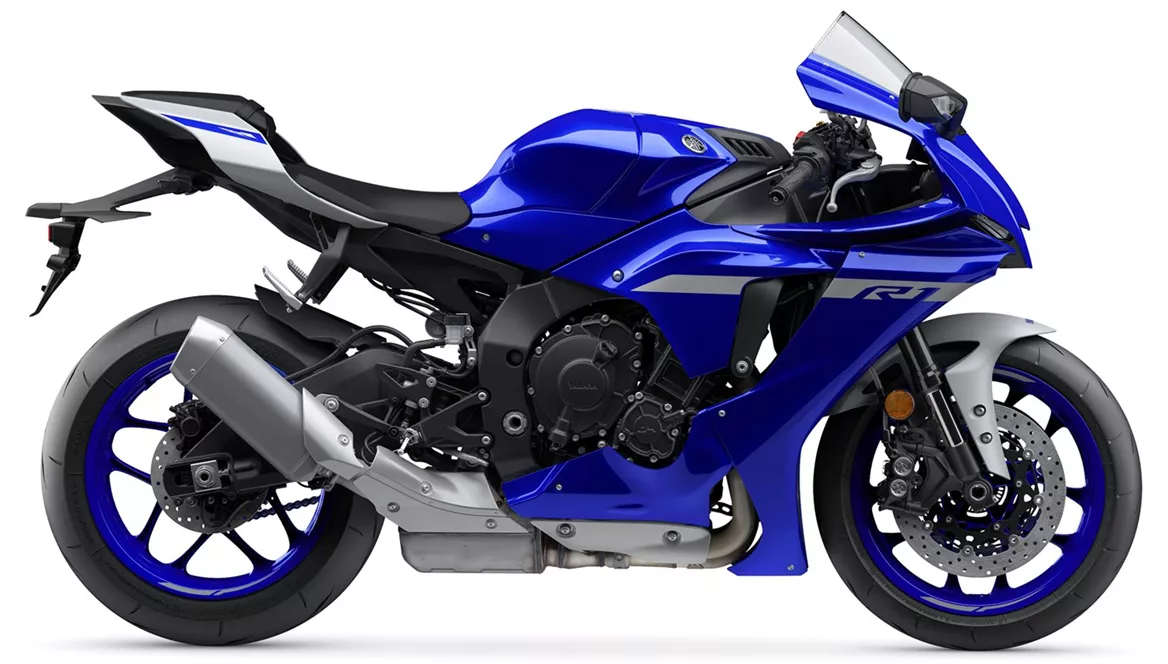
Yamaha R1 2020
Overview - Yamaha R7 2022 vs Yamaha R1 2020
The Yamaha R7 2022 and the Yamaha R1 2020 are both supersport motorcycles from Yamaha, but they have several differences in terms of technical specifications and strengths.
Starting with the technical specifications, the Yamaha R7 2022 is equipped with a 689cc CP2 engine that delivers 73.4 HP of power and 67 Nm of torque. It has a bore of 80 mm and a stroke of 68.6 mm, with a compression ratio of 11.5. The R7 has a 2-cylinder engine with 4 valves per cylinder and DOHC configuration. It features an upside-down telescopic fork front suspension, a steel frame, and double disk front brakes. The front tire has a width of 120 mm and a diameter of 17 inches, while the rear tire has a width of 180 mm and a diameter of 17 inches. The wheelbase is 1395 mm, and the bike weighs 188 kg (with ABS). The fuel tank capacity is 13 liters, and it comes with ABS as an advanced rider assistance system.
On the other hand, the Yamaha R1 2020 is powered by a 998cc engine that produces a powerful 200 HP and 112.4 Nm of torque. It has a bore of 79 mm and a stroke of 50.9 mm, with a compression ratio of 13. Similar to the R7, the R1 has a 4-cylinder engine with 4 valves per cylinder and DOHC configuration. It features an upside-down telescopic fork front suspension, but with an aluminum frame for added stability. The front brakes are also double disk. The front tire has a width of 120 mm and a diameter of 17 inches, while the rear tire has a width of 190 mm and a diameter of 17 inches. The wheelbase is slightly longer at 1405 mm, and the bike weighs 199 kg (with ABS). The fuel tank capacity is larger at 17 liters. In terms of advanced rider assistance systems, the R1 comes with launch control and traction control.

Yamaha R7 2022
In terms of strengths, the Yamaha R7 2022 is praised for its CP2 engine that delivers punch from below and in the middle, providing a responsive and enjoyable riding experience. Its front-wheel-oriented seating position enhances control and maneuverability, while the adjustable chassis allows riders to fine-tune their riding preferences. The R7 is also highly manageable and comes with good brakes, ensuring safe and confident stopping power.
On the other hand, the Yamaha R1 2020 is known for its powerful engine that delivers impressive performance. The engine's clean response and great sound add to the overall exhilarating experience. The R1's stable chassis, high-quality electronics, and noble overall impression contribute to its reputation as a top-tier supersport motorcycle.
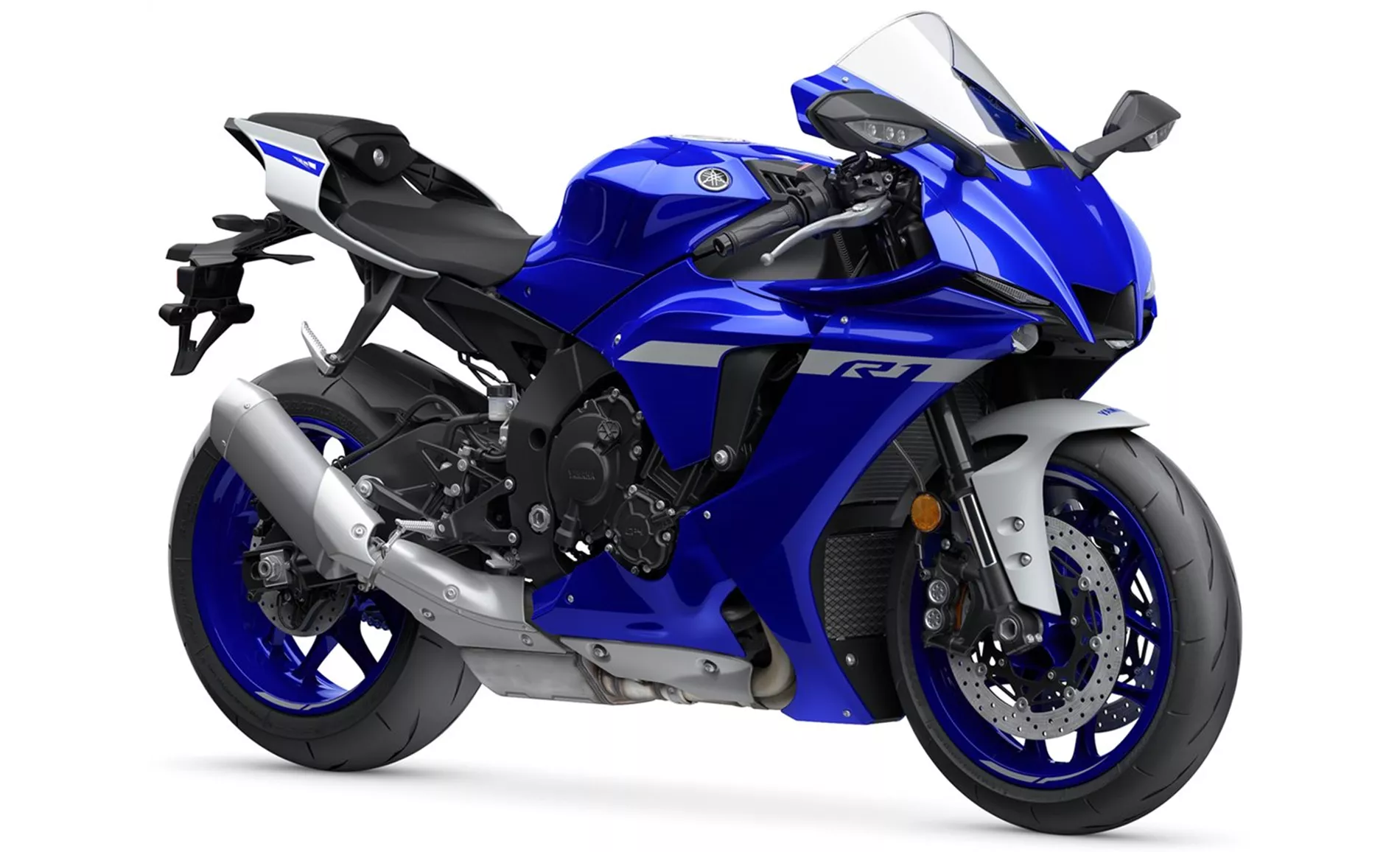
Yamaha R1 2020
However, the Yamaha R7 2022 does have a weakness in that it lacks a TFT display, which may be considered a drawback for riders who prefer advanced digital displays for information and navigation.
In comparison, the Yamaha R1 2020's weakness lies in its brakes, which are not considered 100 percent satisfactory on the race track. This may be a concern for riders who prioritize track performance and require precise and consistent braking capabilities.
Overall, the Yamaha R7 2022 and the Yamaha R1 2020 offer different strengths and weaknesses, catering to riders with varying preferences and priorities. The R7 excels in its manageable and responsive performance, while the R1 impresses with its powerful engine and high-quality features.
Technical Specifications Yamaha R7 2022 compared to Yamaha R1 2020
Pros and Cons in comparison
Pros and Cons in comparison
Yamaha R7 2022
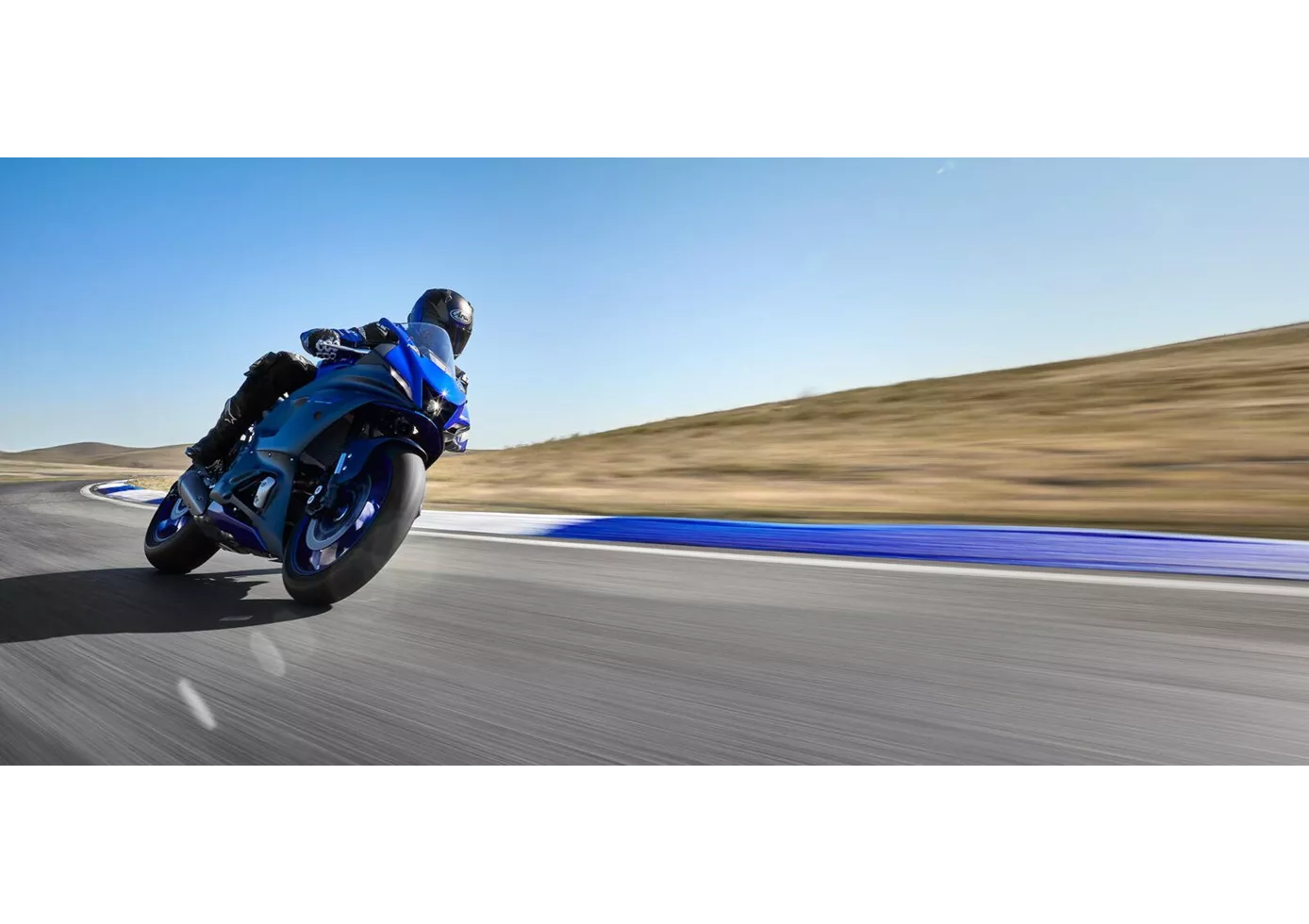
Those who expect the Yamaha R7 to be a half-hearted solution will be surprised at how well-balanced the little supersports bike is. Of course, the engine with just over 70 hp doesn't have what it takes to challenge the R6, for example, but the engine with its punch from below fits the character perfectly. The chassis components are of high quality, even fully adjustable at the front, and the handling of the slim grenade is absolutely awesome. The seating position is fine, not as radical as on a real super sports bike, and therefore suitable for everyday use.
Yamaha R1 2020
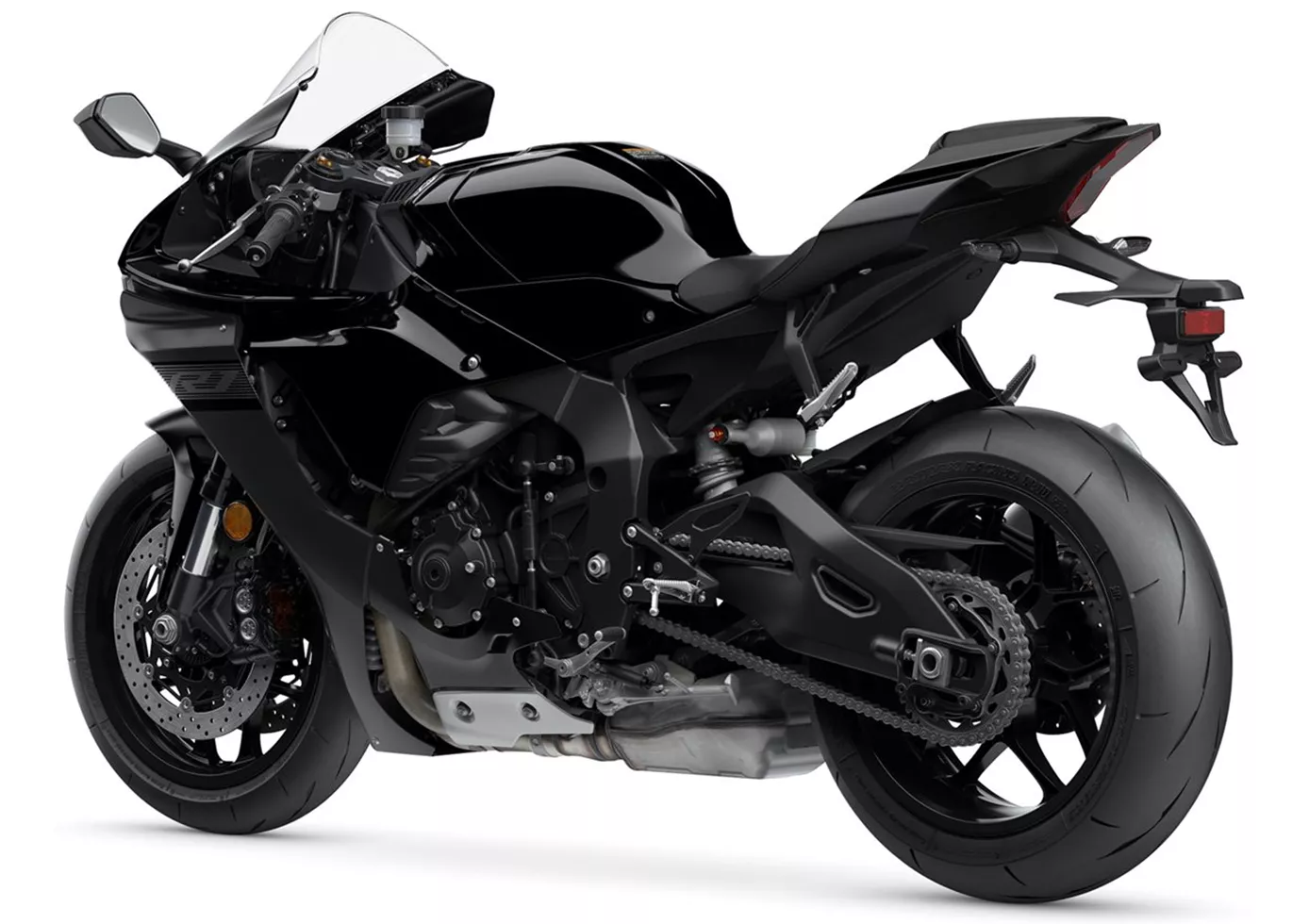
The Yamaha YZF-R1 is mature and makes countless racetrack pilots happy. The engine shines with lightness and agility, the seating position surprises positively and the handling is radical but still "suitable for the masses". The machine immediately stands out visually and also because of the heart-warming sound. Especially on the country road, the bike scores with its well-known strengths: great engine, great electronics, great package! A real pleasure to ride!
Price Comparison Avarage Market Price Yamaha R7 vs Yamaha R1
There are a few key differences between a Yamaha R7 2022 and a Yamaha R1 2020. In terms of price, the actual average price of a Yamaha R1 2020 is about 127% higher. Compared to Yamaha R1 2020 there are more Yamaha R7 2022 bikes available on the 1000PS.de Marketplace, specifically 44 compared to 9. It takes less time to sell a Yamaha R1 with 86 days compared to 87 days for the Yamaha R7. Since model year 2021 1000PS.de editors have written 9 reviews for the Yamaha R7 and 80 reviews for the Yamaha R1 since model year 2005. The first review for the Yamaha R7 was published on 18/05/2021 and now has more than 92,800 views. This compares to more than 3,900 views for the first review on Yamaha R1 published on 28/04/2003.
